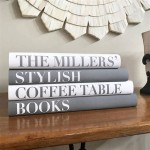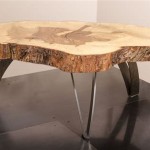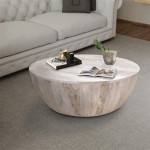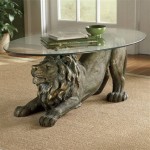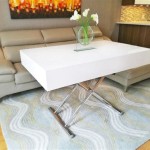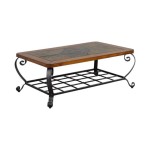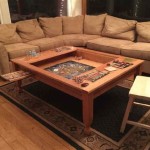What Are The 4 Types Of Table Setting?
Table setting, the art of arranging tableware and cutlery on a table for a meal, is a fundamental aspect of hospitality and dining etiquette. Understanding the different types of table settings allows individuals to enhance their culinary experiences and create a more refined and organized dining environment. There are four primary types of table settings: formal, informal, buffet, and breakfast. Each setting is characterized by its specific components and arrangement, reflecting the occasion and level of formality.
Formal Table Setting
Formal table settings are reserved for special occasions such as weddings, gala dinners, and state banquets. They are characterized by their meticulous arrangement and use of specialized tableware. The components of a formal table setting include:
- Dinner Plate: The largest plate, positioned in the center of the place setting.
- Salad Plate: A smaller plate, placed to the left of the dinner plate, used for serving salad.
- Bread and Butter Plate: A small plate, positioned to the left of the forks, used for bread and butter.
- Soup Bowl: A bowl, placed on the dinner plate, used for serving soup.
- Napkin: Folded neatly, placed to the left of the forks.
- Goblets: Wine glasses, including a water goblet, white wine glass, and red wine glass, arranged to the right of the dinner plate in a diagonal line.
- Cutlery: In order from left to right: forks, knives, spoons.
- Place Card: A small card indicating the guest's name, placed above the dinner plate.
Formal table settings emphasize symmetry and precision. The forks are arranged in order of use, with the fork used first placed furthest from the plate. The knives are placed to the right of the plate, with the blade facing inwards. Spoons are placed to the right of the knives. The glasses are positioned in a diagonal line, with the water goblet in the center and the wine glasses to the right and left. The napkin is placed neatly on the left side of the forks.
Informal Table Setting
Informal table settings are suitable for everyday meals, family gatherings, and casual dinners. They are less intricate than formal settings, with fewer components. The components of an informal table setting include:
- Dinner Plate: The largest plate, positioned in the center of the place setting.
- Napkin: Folded neatly, placed on the dinner plate or to the left of the forks.
- Cutlery: The forks and knives are placed to the left and right of the dinner plate, respectively.
- Glass: A single water glass, positioned to the right of the dinner plate.
Informal settings prioritize simplicity and functionality. The cutlery is arranged in a basic order, with the fork on the left and the knife on the right. The napkin may be placed either on the plate or to the left of the forks. Only one glass, typically a water glass, is required.
Buffet Table Setting
Buffet table settings are common for social gatherings and events where guests serve themselves. They are characterized by their focus on serving dishes and food presentation. The components of a buffet table setting include:
- Serving Dishes: Large platters, bowls, and serving utensils for presenting food.
- Napkin Holders: Containers for holding napkins.
- Utensil Holders: Containers for holding cutlery.
- Tablecloths and Runners: Decorative coverings for the buffet table.
- Flowers and Centerpieces: Decorative elements to enhance the visual appeal.
Buffet settings emphasize food display and accessibility. Serving dishes are arranged in a logical order, allowing guests to easily access the food. Napkin holders and utensil holders are conveniently placed for guest convenience. Tablecloths and runners create a visually appealing backdrop, while flowers and centerpieces add a touch of elegance.
Breakfast Table Setting
Breakfast table settings are designed for simple and quick meals. They are typically less formal than other types of settings. The components of a breakfast table setting include:
- Breakfast Plate: A small plate, positioned in the center of the place setting.
- Napkin: Folded neatly, placed on the breakfast plate or to the left of the forks.
- Cutlery: A fork and knife, placed to the left and right of the breakfast plate, respectively.
- Glass: A single water glass or juice glass, placed to the right of the breakfast plate.
- Coffee Cup and Saucer: Placed to the right of the glass.
Breakfast settings prioritize simplicity and functionality. The cutlery arrangement is minimal, typically consisting of a fork and knife. A single glass, either for water or juice, is provided. A coffee cup and saucer are often included, depending on the beverage preference.

Table Setting Diagrams Formal Fine Casual More Set Ups

Table Setting Diagrams Formal Fine Casual More Set Ups

Table Setting Diagrams Formal Fine Casual More Set Ups

Proper Table Setting 101 Everything You Need To Know Emily Post

Fun English Learning Site For Students And Teachers The Student

5 Table Settings Every Host Should Know What S For Dinner
A Perfect Place Setting Casual Or Formal Marc J Sievers

How To Set A Table Nefer

Table Setting Time

How To Set A Dining Table Based On The Shape
Related Posts

